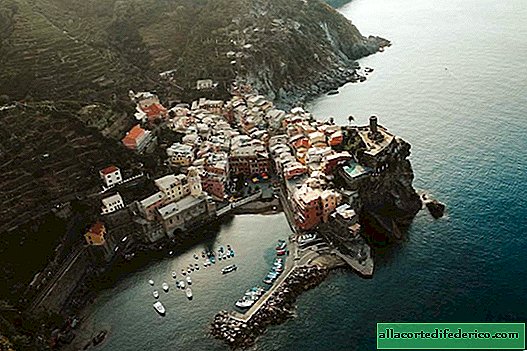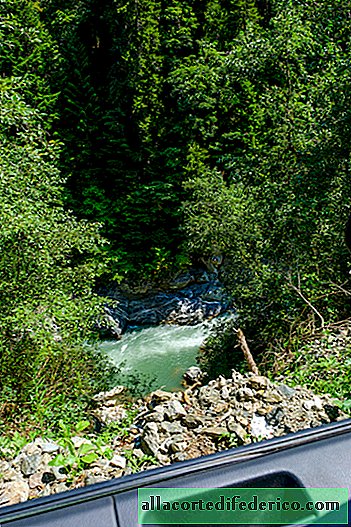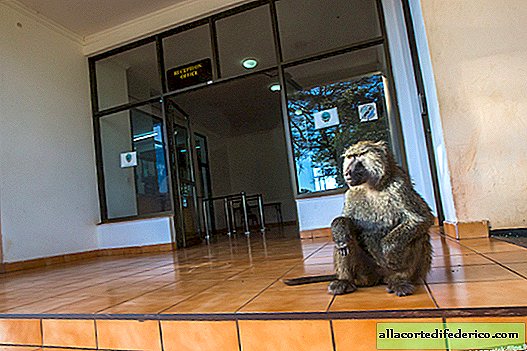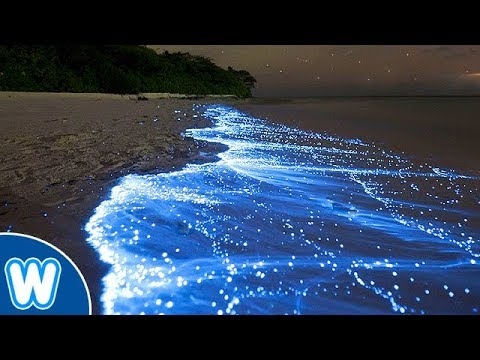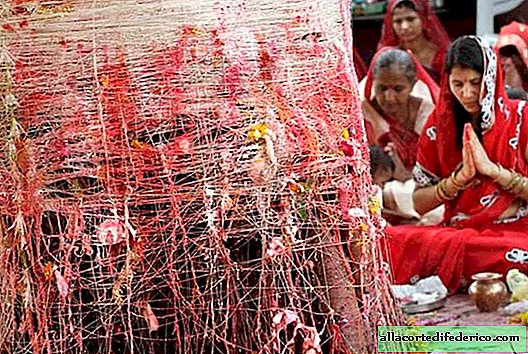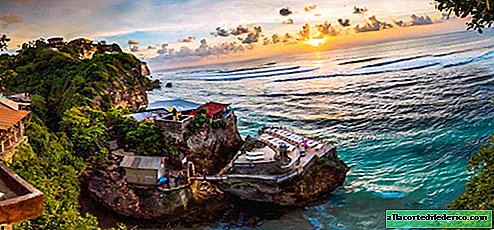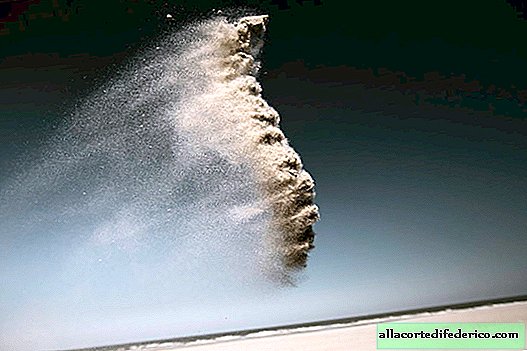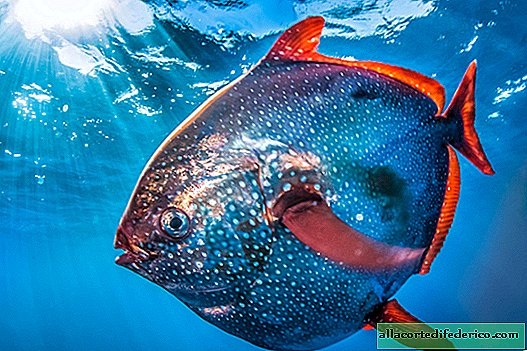How the world's smallest reindeer in Svalbard lives
Reindeers are the most adapted to cold and poor food supply among all species of the deer family. These unpretentious and hardy artiodactyls can be found throughout the north: from Alaska and the Canadian islands to the Russian tundra and the Scandinavian coasts. Reindeers have successfully mastered some of the Arctic islands, including the Svalbard archipelago, which is home to the world's northernmost population of these animals.

As is often seen with island populations, local reindeer are smaller than their mainland relatives. In other external parameters, they are not much different from other representatives of the species. But in relation to climate change and the anthropogenic factor, these animals are more vulnerable, because islands are an isolated world.

For example, due to uncontrolled hunting, this northern population has lost most of its population, and by the 20s of the last century was on the verge of extinction. Fortunately, the local authorities caught on time and banned hunting, which made it possible to save reindeer on Svalbard. According to Norwegian biologists, today there are about 2,000 deer on the islands. But if people don’t pose any serious danger to animals, the climatic changes, penetrating ever farther north, force the deer to adapt.

Scientists note that the climate on the archipelago is changing: winters become warmer and wetter, and the summer season begins earlier. In this regard, in the warm period, an increase in the area of pastures is observed, which favorably affects island deer. But with winter everything is not so clear. Norwegian scientists, constantly monitoring the state of the population, note a number of difficulties that deer have to face in winter and in the off-season. Due to the warmer and wetter climate, deer pastures familiar to deer began to become covered with ice. If earlier they were covered with snow and in order to get the reindeer moss and dry grass, the deer needed only to dig loose snow, today the task of extracting feed is much more complicated. As observations have shown, last winter forced deer to seek food on the coast. Animals were often seen ashore eating algae that they washed ashore. Such food was previously present in the diet of ungulates, but in small quantities and as a supplement to the main feed. The fact is that the reindeer organism is not adapted to feeding exclusively with seaweed, and in the absence of other food, animals have digestive problems. This circumstance worries scientists who note a general weight loss among representatives of the island population over the past decades. Perhaps this is due precisely to a change in diet and a partial transition to low-calorie algae in the winter.

At the same time, experts believe that the partial transition of deer to algae can be considered a positive factor, as the animals were able to find a replacement for their usual food and adapt to the new climatic realities of Svalbard. In addition, scientists record a constant population, which inspires hope that the deer will still be able to adapt.

